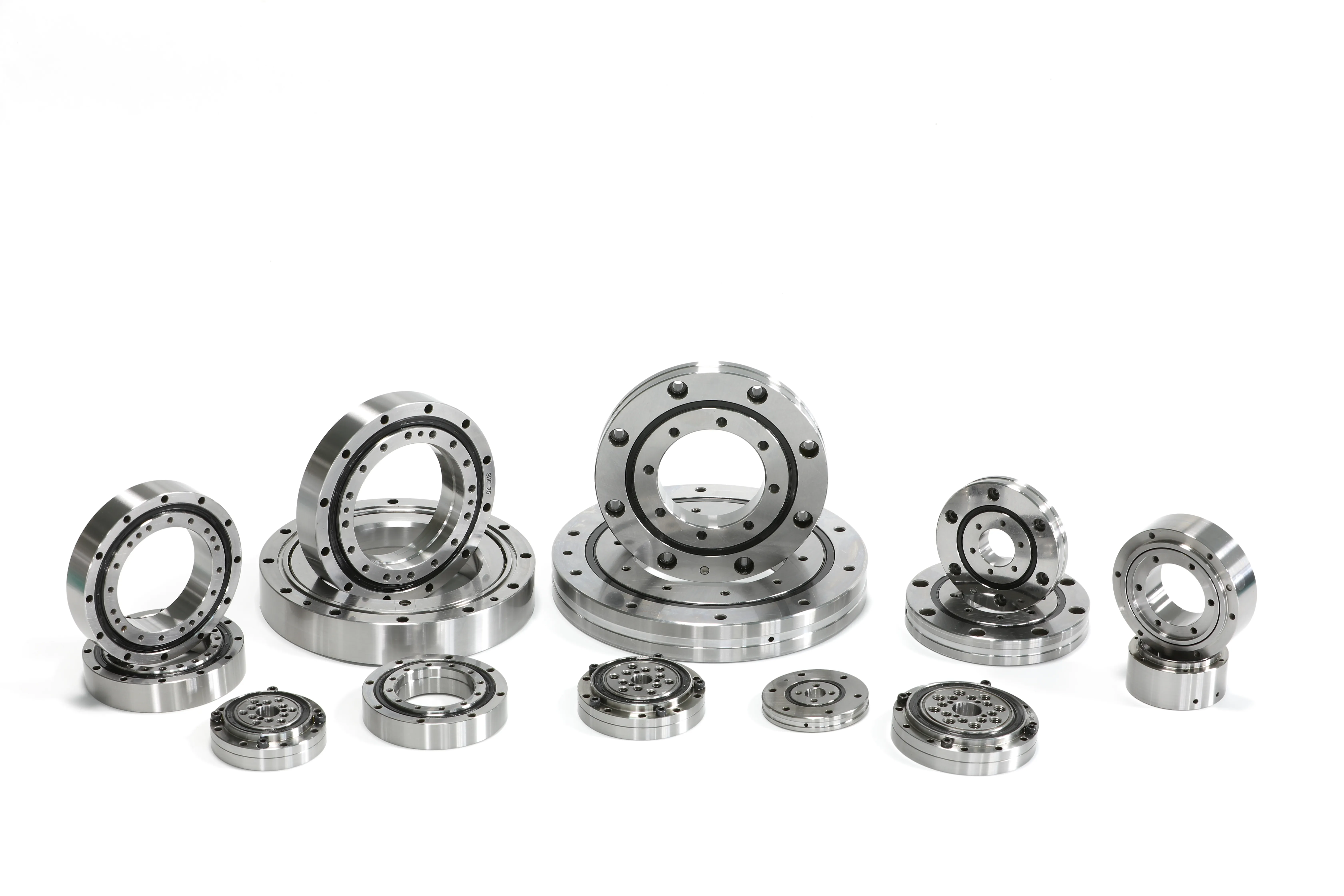time:May 20, 2024 source:Luoyang AVE Precision Bearing Co., Ltd.
Determining the cause of cross roller bearing failure involves a systematic approach that includes visual inspection, analysis of operating conditions, and sometimes advanced diagnostic techniques. Here’s a detailed guide to help you identify the root causes of bearing failure:

1.1. Examine the Bearing Surfaces:
Rolling Elements and Raceways: Look for signs of wear, pitting, spalling, or discoloration.
Cages: Check for any signs of deformation, cracks, or wear.
1.2. Check for Contamination:
Inspect for the presence of dirt, debris, or foreign materials that might have entered the bearing.
1.3. Look for Signs of Lubrication Issues:
Discoloration: Indicates overheating due to insufficient lubrication.
Dry or Contaminated Grease: Suggests lubrication failure or contamination.
2.1. Load and Speed:
Ensure that the bearing was operating within its specified load and speed ratings. Overloading and excessive speed can lead to premature failure.
2.2. Misalignment:
Check for any signs of misalignment between the bearing and its housing or shaft. Misalignment can cause uneven loading and increased stress.
2.3. Vibration and Shock Loads:
Assess whether the bearing was subjected to excessive vibrations or shock loads, which can lead to surface fatigue and failure.
3.1. Surface Fatigue:
Characterized by flaking or spalling on the raceways and rolling elements, typically due to repeated stress cycles exceeding the material’s fatigue limit.
3.2. Wear:
General wear can be caused by inadequate lubrication, contamination, or improper handling.
3.3. Corrosion:
Look for rust or corrosion on the bearing surfaces, often due to exposure to moisture or corrosive environments.
3.4. Brinelling:
Permanent indentations on the raceways caused by static overload or shock loads. True brinelling occurs during stationary periods, while false brinelling happens during small oscillations.

4.1. Metallurgical Analysis:
Conduct a metallurgical examination of the bearing material to detect any material defects or irregularities.
4.2. Vibration Analysis:
Use vibration analysis tools to identify abnormal vibration patterns that could indicate issues such as imbalance, misalignment, or bearing defects.
4.3. Lubricant Analysis:
Analyze the used lubricant for signs of contamination, degradation, or inadequate properties.
5.1. Assemble Findings:
Compile all the observations from the visual inspection, operating conditions analysis, and advanced diagnostic techniques.
5.2. Cross-Reference with Bearing Design and Application:
Ensure that the bearing was suitable for the specific application and that all installation and operational guidelines were followed.
5.3. Consult Bearing Manufacturer:
Engage with the bearing manufacturer or a specialist if the cause of failure is still unclear. They can provide insights based on their expertise and detailed knowledge of the bearing design.

Inadequate Lubrication:
Ensure proper lubrication procedures and schedules.
Use the correct type and quantity of lubricant.
Contamination:
Maintain a clean environment during bearing installation and operation.
Use seals and shields to prevent the ingress of contaminants.
Improper Handling and Installation:
Follow proper installation procedures and use appropriate tools.
Avoid exposing bearings to impact loads during handling.
Overloading:
Ensure the bearing is correctly rated for the applied loads.
Avoid operating conditions that exceed the bearing’s design specifications.
Misalignment:
Ensure precise alignment during installation.
Regularly check and correct any misalignment in the system.
By systematically analyzing these aspects, you can effectively determine the cause of crossed roller bearing failure and implement measures to prevent future occurrences.
Yiyang Advanced Manufacturing Development Zone, Luoyang City, Henan Province, China.
mark.hu@avebearing.com avebearing01@163.com
+86 15036588800